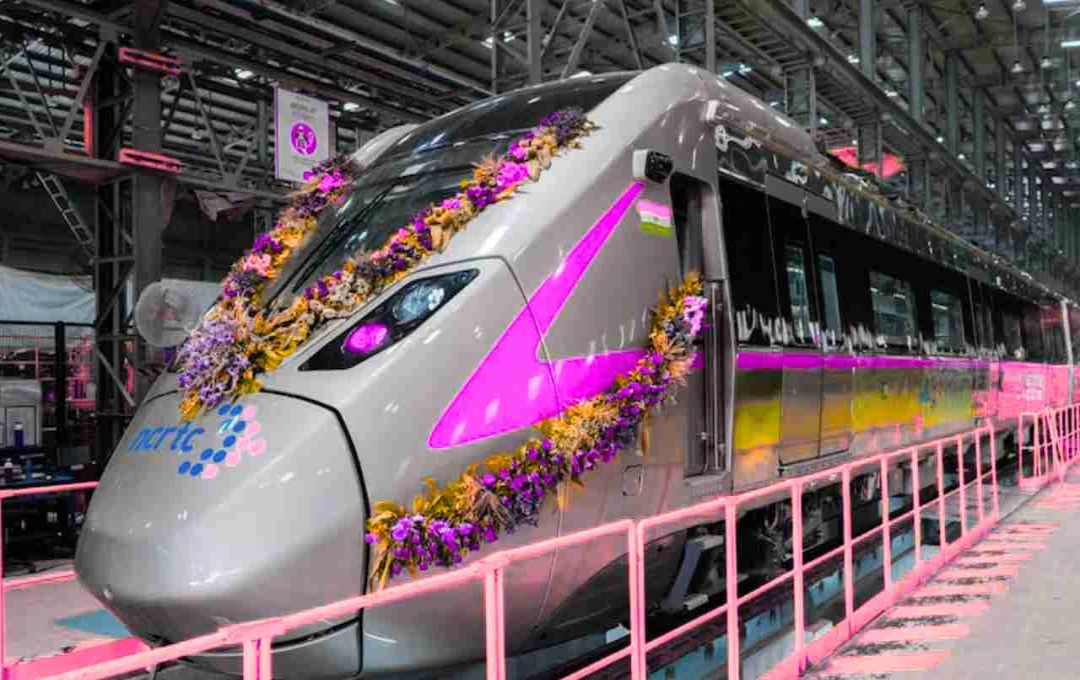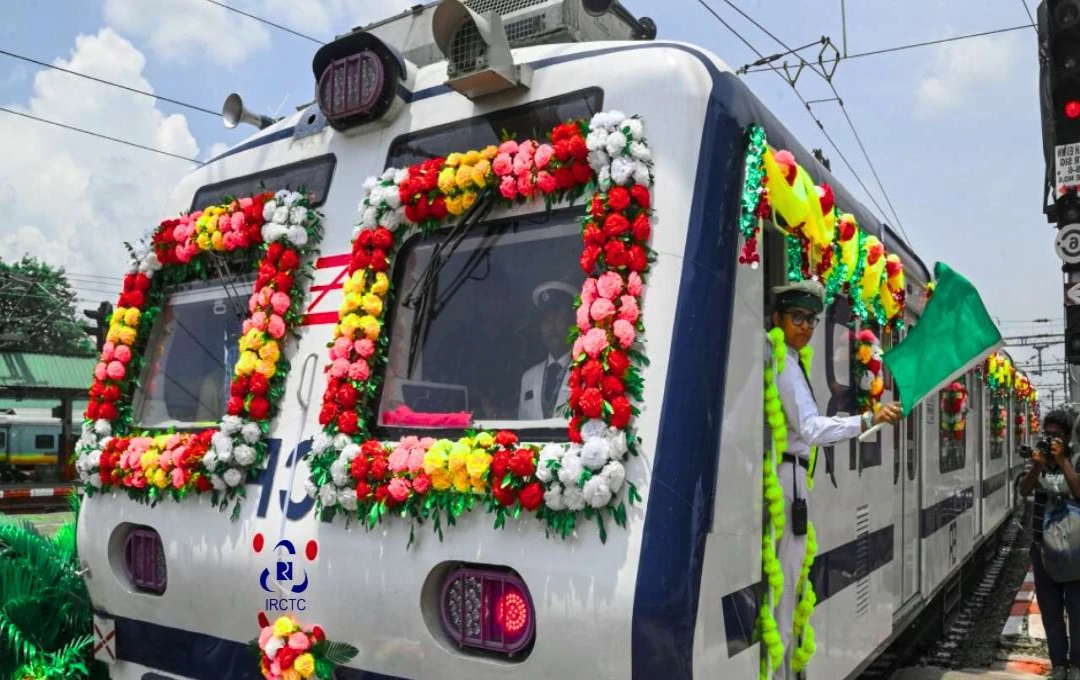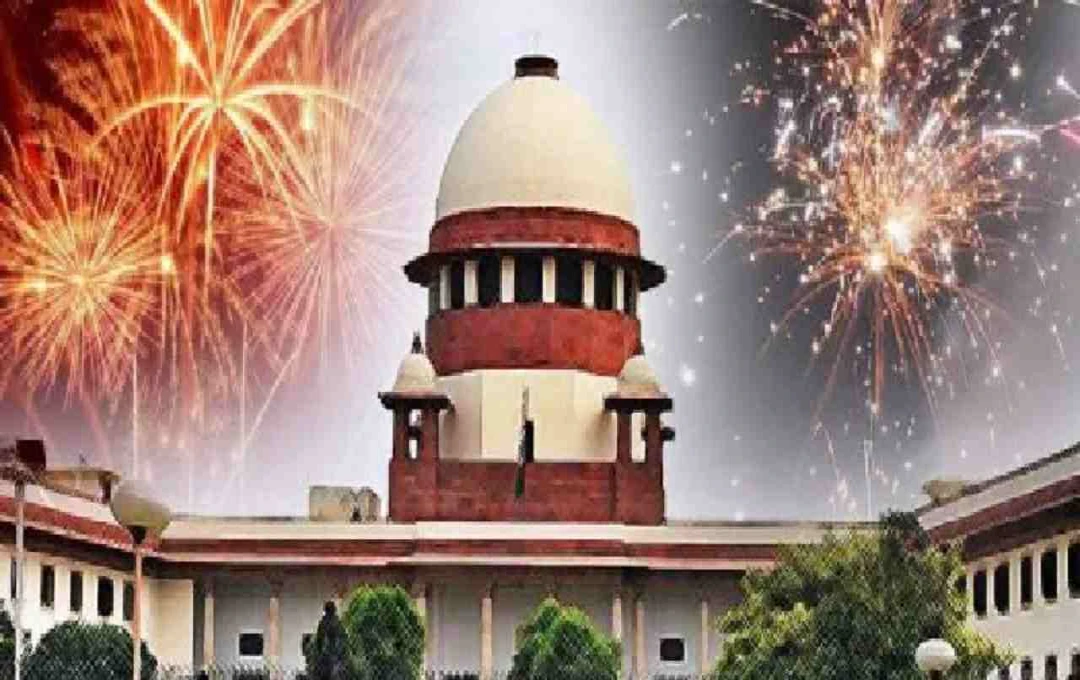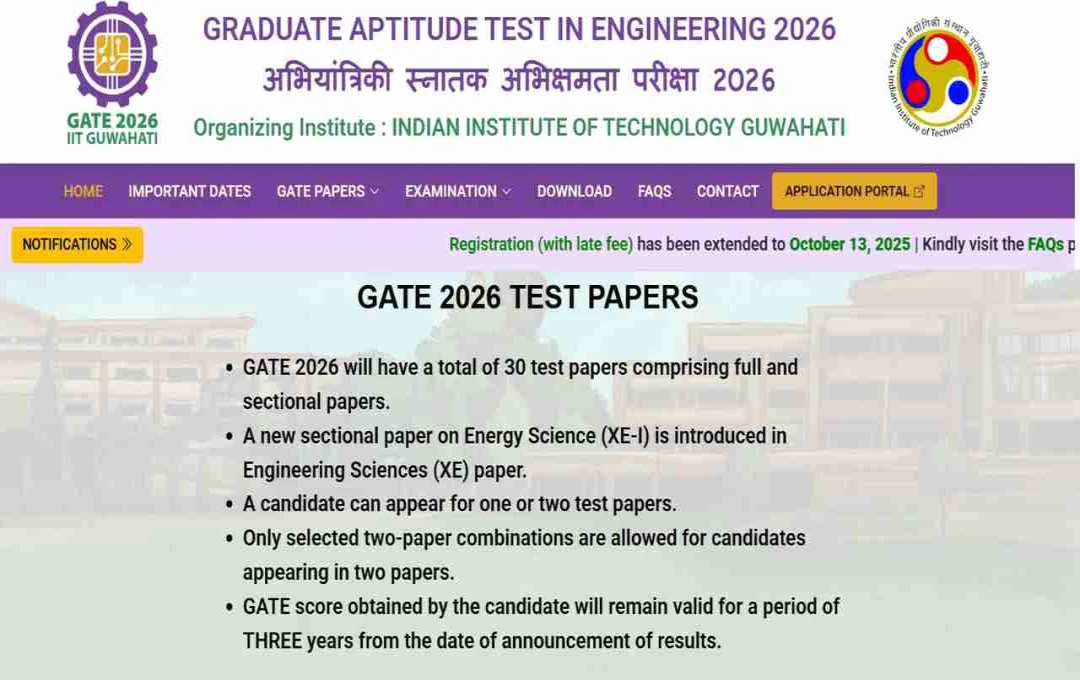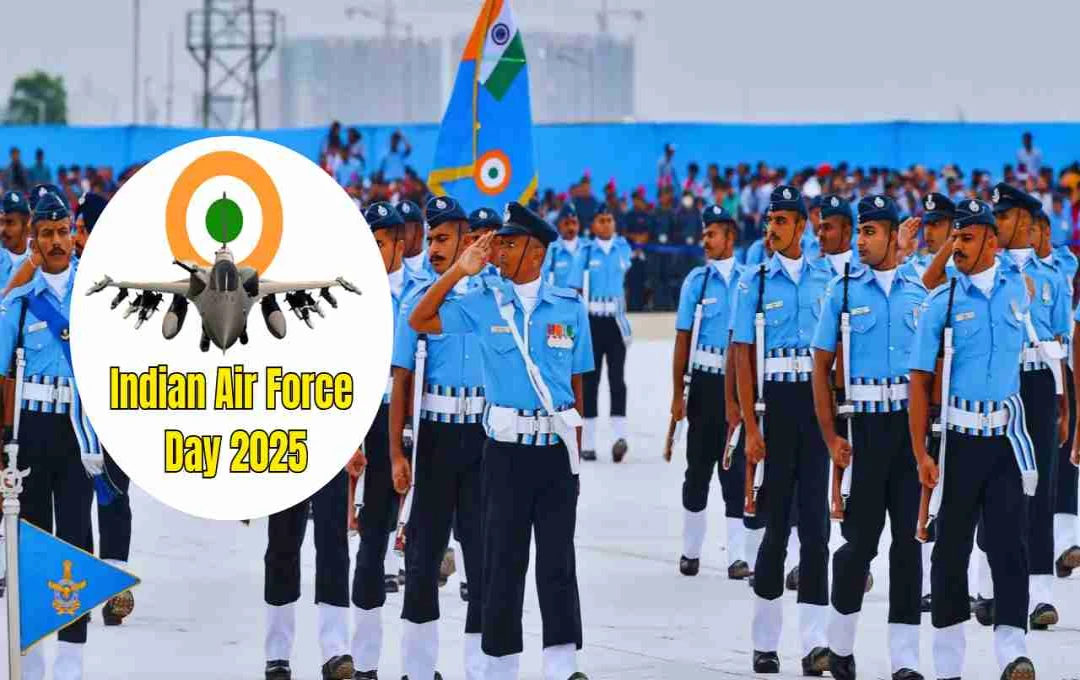NCRTC successfully completes trial run of the entire Namo Bharat Corridor from Sarai Kale Khan, Delhi to Modipuram, Uttar Pradesh.
A historic step has been taken towards a transportation revolution in the National Capital Region (NCR). The successful trial run on the 82-kilometer-long Namo Bharat Corridor, stretching from Delhi to Meerut in Uttar Pradesh, signals the completion of this ambitious project. Trains under this project covered the distance from Sarai Kale Khan in Delhi to Modipuram in Meerut in less than an hour. This is the first time in India that high-speed and semi-high-speed rapid rail and metro services are operating together on this scale.
High-Speed Trial: Testing Time and Technology
In this trial run conducted by the NCRTC (National Capital Region Transport Corporation), trains were operated at a maximum speed of 160 kilometers per hour. During the journey, trains stopped at all scheduled stations, and the entire trial adhered to the stipulated timetable. The trial not only tested the speed and reliability of the trains but also rigorously examined the coordination of the entire system. Meerut Metro trains also ran concurrently during the trial run, proving that two different types of train services can be successfully operated on the same infrastructure.
Why the Namo Bharat Corridor is Special
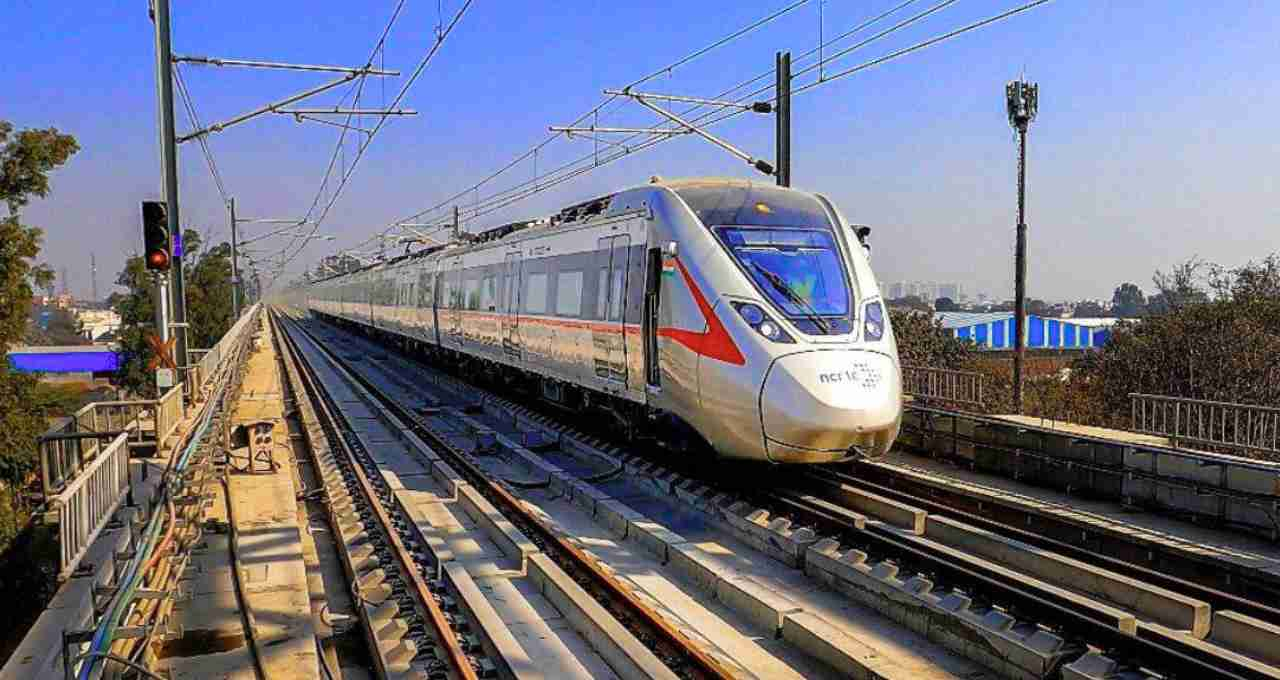
The Namo Bharat Corridor is being viewed not merely as a mode of transport but as a redefinition of future public transportation. This project utilizes world-class technology. For the first time, it employs an ETCS Level 3 hybrid signaling system on an LTE-based backbone network. This technology is fully integrated with Platform Screen Doors (PSD), ensuring passenger safety and smooth operations. This system enables train operation without any manual intervention, a significant technological achievement for India.
A Significant Portion of the Corridor is Already Operational
A 55-kilometer section of the corridor, including 11 stations, is already open to the public. This section covers busy areas like Ghaziabad and Sahibabad. Work on the remaining sections, including the 4.5-kilometer stretch from Sarai Kale Khan to New Ashok Nagar in Delhi and the 23-kilometer stretch from Meerut South to Modipuram in Meerut, is in its final stages. Trial runs and finishing works are progressing rapidly. It is anticipated that the entire corridor will be fully operational for passengers by the end of 2025.
Meerut Metro: One Platform, Two Services
For the first time in India, both rapid rail and metro services are being operated on the same infrastructure. The 23-kilometer section of the Meerut Metro, comprising 13 stations, is located on this corridor. This includes 18 kilometers of elevated track and 5 kilometers of underground track. Trial runs for the Meerut Metro are also progressing rapidly, and preparations for its operation are in the final stages. This initiative is particularly significant as it will provide local residents with both intercity and local transport facilities simultaneously.
A New Travel Experience for Passengers
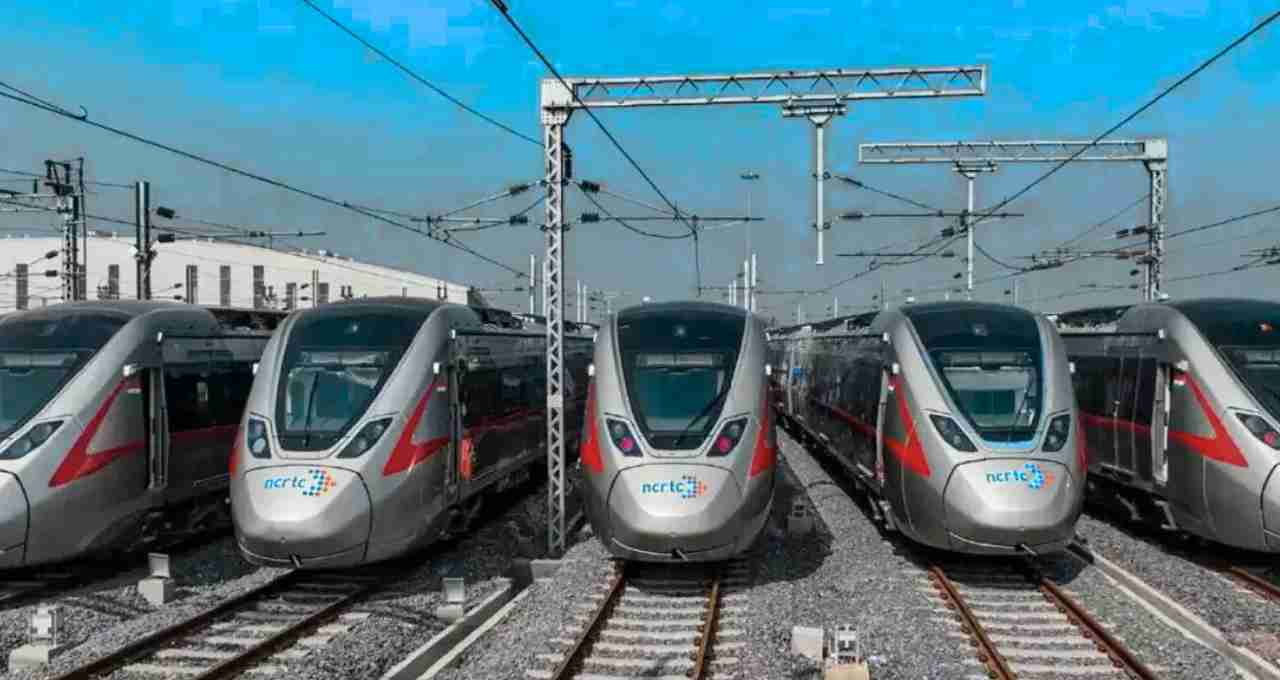
The Namo Bharat Corridor features fully air-conditioned, Wi-Fi enabled, and comfortable trains. This service will drastically reduce travel time for millions of commuters in Delhi, Ghaziabad, and Meerut, bringing it down to mere minutes. A journey that traditionally took around two and a half to three hours will now be completed in under an hour. This will greatly benefit office workers, businessmen, and students.
Relief for the Environment and Traffic
This project is not just a transportation initiative but also a major step towards environmental protection. High-speed trains will reduce pollution and alleviate pressure on road traffic. This service will play a crucial role in addressing the increasing vehicular traffic and congestion in areas like the Delhi-NCR. Experts suggest this will save millions of liters of diesel and petrol annually and significantly reduce greenhouse gas emissions.
Boosting Economic Growth
The Namo Bharat Corridor will energize real estate, small businesses, logistics, and other economic activities in the connected areas. Reduced travel time between Delhi, Ghaziabad, and Meerut will significantly benefit industries and investors. Cities like Meerut will especially benefit from the creation of new employment and business opportunities.
Expansion of Rapid Rail
Following the success of this project, NCRTC is planning to develop similar corridors across the NCR region. In the future, Namo Bharat trains will also operate on routes such as Delhi-Alwar, Delhi-Panipat, and Delhi-Sonipat. This will create a robust, sustainable, and fast transportation network across North India.
